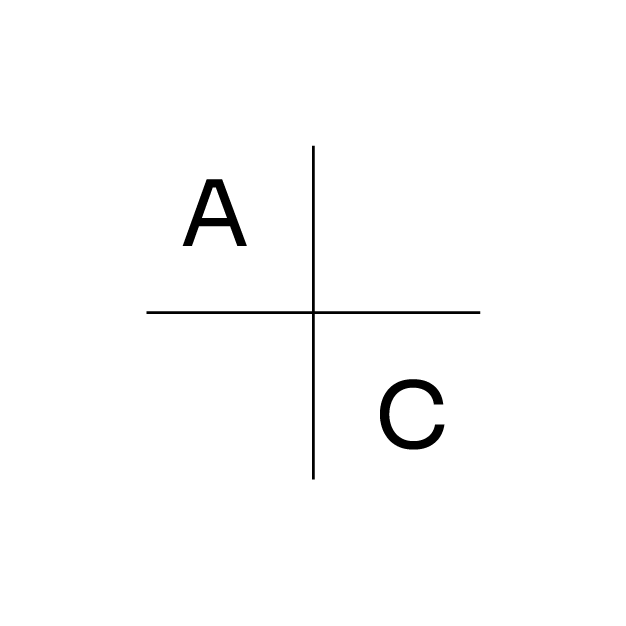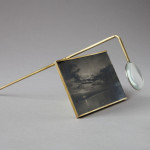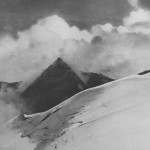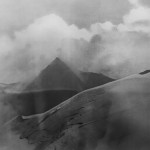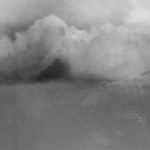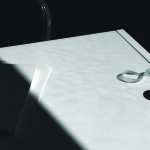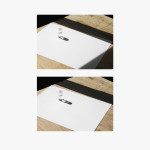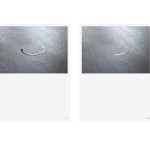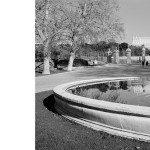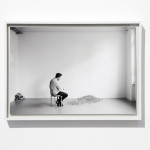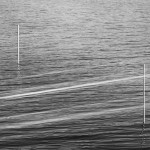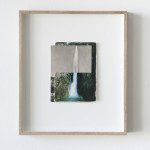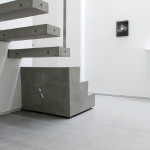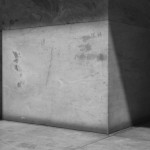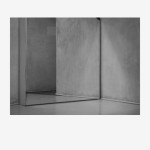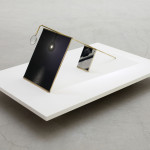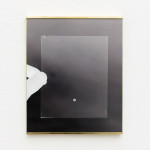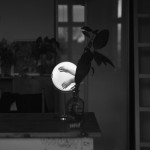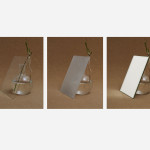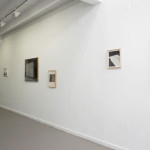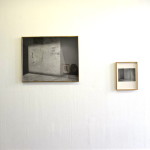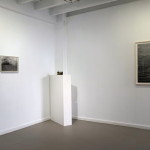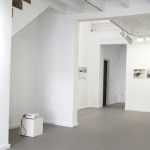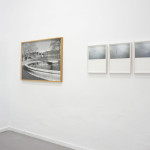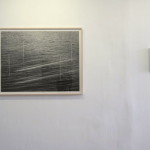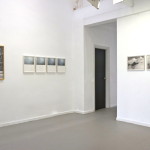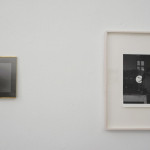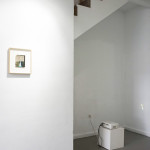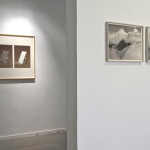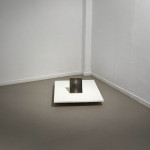Juuso Noronkoski and Mikko Rikala. Overlapping Instants
The cosmic scale and its significance in the human environment and our cultural history can be seen when we look around us: in our rooms, at nearby shores, in the stars and the sky. By questioning the linear continuum, we reveal the relativity of duration and distance.
By juxtaposing the signs of wear and change that occur in human time with the very slow transformations of nature, we can observe these overlapping ways of experiencing time. By taking part in nature’s cycle, the observer can reveal something essential about the relationship between people and their environment. If the goal is to understand our way of existing in the world and our relationship with our environment, then it is worthwhile to stop and think: what happens to a rock as waves erode its surface over the course of centuries?
History, as well as nature and its forces, seems to be filled with gaps through which unexpected connections can be made. The idea of a unified, forward moving time seems to be the most artificial of human inventions. And history, as W.G. Sebald writes in Austerlitz, is an endless sequence of coincidences that are connected to each other either closely or distantly. We can understand time and history like the cycle water goes through – the way it accumulates, evaporates and is released – or currents of wind, which can be gusty, turbulent or gentle. The central idea in our collaborative practice is finding these gaps we can look through and see the linear passage of history interrupted and familiar phenomena shown in a new light.
Overlapping Instants was made in collaboration with the Taik Gallery in Berlin.
